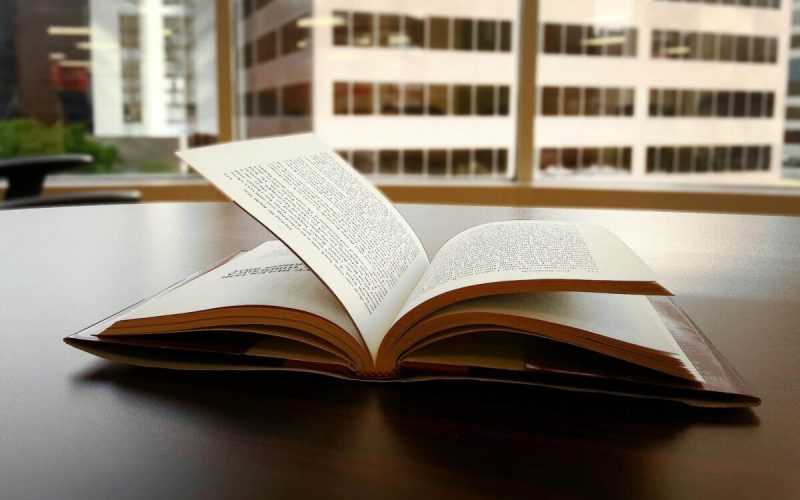What Catholics Really Believe: 52 Answers to Common Misconceptions about the Catholic Faith is very informative and great. It clears up many things. What Catholics Really Believe 52 Answers to Common Misconceptions about the Catholic Faith by renowned author Karl Keating is a great read that demystifies 52 misconceptions about the Catholic Faith. What Catholics Really Believe 52 Answers to Common Misconceptions about the Catholic Faith draws from Scripture and Catholic tradition to clarify beliefs and practices.
It will probably only appeal to Catholics though it does contain a lot of great information. What Catholics Really Believe 52 Answers to Common Misconceptions about the Catholic Faith was praised by Cardinal John O’Connor and philosopher Peter Kreeft. Would you find this book useful?
What Catholics Really Believe 52 Answers to Common Misconceptions about the Catholic Faith Summary
The 52 questions in What Catholics Really Believe 52 Answers to Common Misconceptions about the Catholic Faith are presented sequentially in eight chapters. These eight chapters are The Teaching Church and its Authority. The Bible-Its Inerrancy and Authenticity. The Mass and the Sacraments. The Immaculate Conception, Apparitions, and the Rosary. Our External Destiny. Evangelization, Missionaries, and Better Homilies. Catholic Customs, Devotions, and Disciples. The Spirit World and Superstitions.
The 7 Biggest Misconceptions of the Catholic Faith
1. The Pope is always right
This myth centers on the doctrine of Papal Infallibility. Which Catholics believe they are. Catholics also believe Popes cannot commit sin, though the current Pope says differently. Like every other human on earth, the Pope is a sinner. Pope Francis even said on a trip to Mozambique in 2019, “I am, and I remain a sinner. That’s why I confess every two weeks.”
2. The Catholic Church does not like homosexual people
This one is wrong. The Church does not dislike any group of people. It was the command of Jesus that we love everyone. That kind of love leaves no room for hatred. The Catechism of the Catholic Church holds that gay and lesbian people “must be accepted with respect, compassion, and sensitivity.” Everyone is made in the image and likeness of God.
3. The Church is against sex of all kinds
Montey Python was incorrect when they said every sperm is sacred. The Church is not against sex. In fact, the church affirms that sex is good because God blesses humanity’s sexuality on the sixth day of creation in Genesis 1:28, by saying: “Be fruitful and multiply, and fill the earth and subdue it.” This illustrates and reflects the love Christ has for His Church. That said, all sexual relations need to be open to procreation.
4. The Church is misogynistic
The Catholic Church does not allow women to be priests, so some people think the church does not like women. Nothing could be further from the truth. Women can be nuns, and all Catholics venerate Mary, the perfect mother of Jesus. In fact, Pope John Paul II affirmed the role of women in his 1988 apostolic letter, Mulieris Dignitatem (On the Dignity of Women).
He wrote: “Therefore the Church gives thanks for each and every woman: for mothers, for sisters, for wives; for women consecrated to God in virginity; for women dedicated to the many human beings who await the gratuitous love of another person; for women who watch over the human persons in the family, which is the fundamental sign of the human community; for women who work professionally, and who at times are burdened by a great social responsibility.
The Church gives thanks for all the manifestations of the feminine “genius” which have appeared in the course of history, in the midst of all peoples and nations; she gives thanks for all the charisms which the Holy Spirit distributes to women in the history of the People of God, for all the victories which she owes to their faith, hope and charity: she gives thanks for all the fruits of feminine holiness.”
5. Catholics are not bible-believing Christians
On the contrary, Catholics are heartily encouraged to read and pray with the Bible. The Catechism of the Catholic Church says: “The Church forcefully and specifically exhorts all the Christian faithful . . . to learn the surpassing knowledge of Jesus Christ, by frequent reading of the divine Scriptures. Ignorance of the Scriptures is ignorance of Christ.”
Every time Catholics go to Mass, they are fed from two tables – the table of Scripture and the table of the Eucharist. Pope emeritus Benedict XVI commented in his 2007 post-synodal Apostolic Exhortation, “The Eucharist: Source and Summit of the Life and mission of Church: “First of all, there is a need to reflect on the inherent unity of the rite of Mass. Both in catechesis and in the actual manner of celebration, one must avoid giving the impression that the two parts of the rite are merely juxtaposed. The liturgy of the word and the Eucharistic liturgy, with the rites of introduction and conclusion, ‘are so closely interconnected that they form but one single act of worship.”
6. Catholics worship Mary
The Church’s devotion to the Blessed Virgin dates back to the very first believers, but Catholics do not worship Mary. The Catechism states that “although it is ‘very special’, Marian devotion ‘differs essentially from the adoration which is given to the incarnate Word and equally to the Father and the Holy Spirit’.”
A simple way of understanding the believers’ relationship with Mary is one of imitation. Believers seek to imitate Mary’s openness to and acceptance of God’s will in our lives. In turn, she, as the Queen Mother of Christ’s Kingdom, hears our petitions and presents them to Jesus, in the same way that she asked Jesus to provide wine at the wedding at Cana. When she said yes when the Angel came to her, she changed the world.
7. Catholics think they can pay their way into Heaven
Catholics do not believe they can pay their way into heaven. This caused a great schism in the church. Famously, the Augustinian monk and teacher, Martin Luther, launched an attack on what he saw as corruption within the Church. One of his concerns was the sale and abuse of indulgences. The Council of Trent condemned “all base gain for securing indulgences” in 1563, and Pope Pius V abolished the sale of indulgences in 1567.
The Catechism explains that an indulgence is: “a remission before God of the temporal punishment due to sins whose guilt has already been forgiven, which the faithful Christian who is duly disposed gains under certain prescribed conditions through the action of the Church which, as the minister of redemption, dispenses and applies with authority the treasury of the satisfactions of Christ and the saints.”
Conclusion
What Catholics Really Believe 52 Answers to Common Misconceptions about the Catholic Faith is authoritative and therefore will appeal to all Catholics and may appeal to others who are interested in the veracity of Catholic beliefs. This 155-page book was rightly praised by John Cardinal O’Connor. Author Karl Keating is famous too in his own right.








